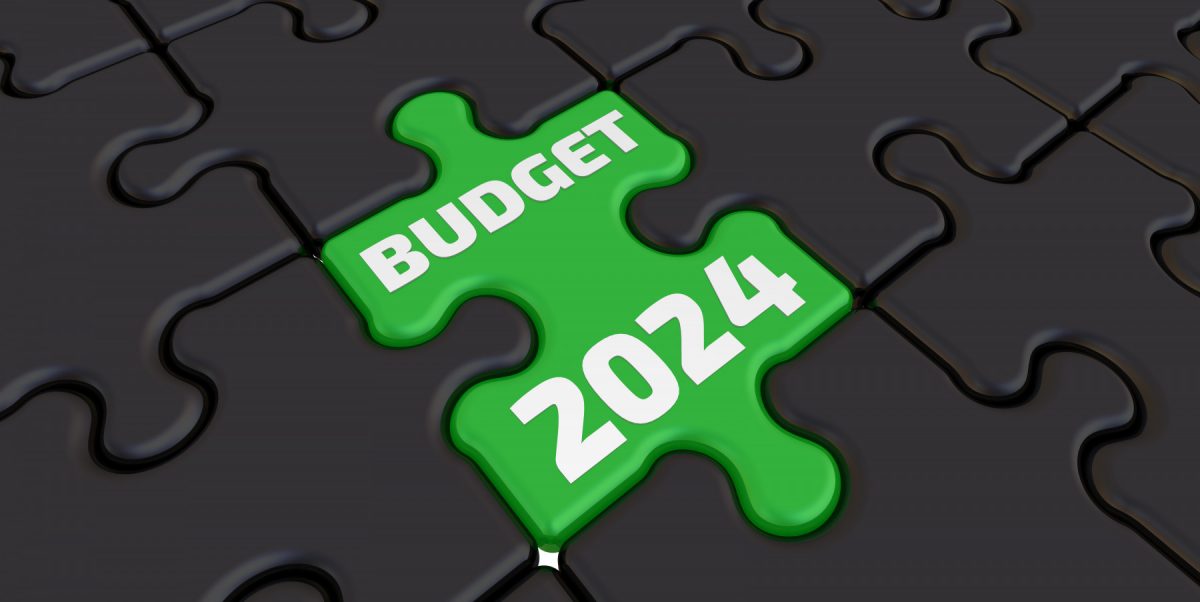
Thus rang out the interjection (one of many) from the Deputy Speaker, Dame Eleanor Laing, as Chancellor Jeremy Hunt delivered his Spring Budget in a particularly animated Commons session – perhaps little wonder, as the event presented a key opportunity for the Conservatives to influence voters ahead of the next general election. Ironically, however, both the Conservatives and Labour have been strangely quiet on the delivery details of their proposed plans. Paul Johnson, Director of the Institute for Fiscal Studies, accused both parties of participating in “a conspiracy of silence in not acknowledging the scale of the choices and trade-offs that will face us after the election”.
In his speech, the Chancellor pointed to the Government having to deal in recent years with a financial crisis, pandemic, and rising energy prices. Inflation rates remain high, although inflation now stands at 4%, compared to 11% when the Prime Minister came into office. The latest Office for Budget Responsibility (OBR) forecast is for it to reach the target 2% in the upcoming months – almost one year earlier than previously forecast. Hunt insisted that “because we have turned the corner on inflation, we will soon turn the corner on growth”.
The OBR expects the economy to grow over the next two years, with slightly more positive figures than forecast back in the autumn. However, critics might argue that GDP per capita has fallen. The Chancellor highlighted ways in which the economy has grown since 2010 and that underlying debt as a percentage of GDP, although currently high, is due to meet the ‘fiscal rule’. This rule states that the ratio of public debt to GDP should be falling year-on-year in five years’ time. Some commentators suggest that tight spending plans will be needed to achieve this.
Key to this Budget are the tax cuts being delivered, as outlined below. Hunt asserted that “lower taxes mean higher growth”, which in turn would mean “more opportunity, more prosperity, and more funding for our precious public services”. However, the UK tax burden is still expected to reach a record high, according to the OBR. It remains to be seen whether further cuts are up the Chancellor’s sleeve, ready to be announced before the general election – the date of which has not yet been revealed.
Summary of key measures
- As widely expected, Hunt delivered a further cut to the main rate of Class I National Insurance contributions (NICs), taking it from 10% to 8%. Similarly, the main rate of self-employed Class 4 NICs will be reduced from 8% to 6%. Both take effect from 6 April 2024. Income Tax remains unchanged.
- The Household Support Fund, which assists families through local council initiatives such as food banks and vouchers, will not be stopped on 31 March but will continue for another 6 months at the current level.
- A new British ISA will be created, allowing £5,000 tax-free allowance per year for investing in UK firms – this is in addition to existing ISA allowance. Consultation on the details is to take place.
- Local authorities and defined contribution (DC) pension funds will have to disclose their levels of UK equity investment.
- Fuel duty will remain frozen for another 12 months and the freeze on alcohol duty will be extended until 1 February 2025.
- From 1 April 2024, the threshold for VAT registration will be increased from £85k to £90k.
- Reduction in the higher rate of residential property Capital Gains Tax (CGT) from 28% to 24%.
- Existing ‘non-domiciled tax status’ to be replaced with new ‘modern residency system’.
- Furnished Holiday Lettings (FHL) tax relief scheme will end from 6 April 2025.
- Multiple Dwellings Relief (Stamp Duty Land Tax relief when buying more than one property in a single transaction) will end from 1 June 2024.
- The threshold at which a parent starts to pay the High Income Child Benefit Charge will be raised from £50,000 to £60,000.
- Windfall tax on oil and gas companies to be extended until 31 March 2029.
- Air Passenger Duty increase on non-economy flights.
- New tax announced on vapes and a one-off increase in tobacco duties.
- Government will stick to target of 1% increase (in real terms) in public spending. Extra £3.4bn earmarked for improving the IT system for the NHS, which is argued will lead to savings. Additional investment to come for medical research.
- Funds of £270 million towards advanced manufacturing industries and an extra £120m to the Green Industries Growth Accelerator.
Risk warnings
This document has been prepared based on our understanding of current UK law and HM Revenue and Customs practice, both of which may be the subject of change in the future. The opinions expressed herein are those of Cantab Asset Management Ltd and should not be construed as investment advice. Cantab Asset Management Ltd is authorised and regulated by the Financial Conduct Authority. As with all equity-based and bond-based investments, the value and the income therefrom can fall as well as rise and you may not get back all the money that you invested. The value of overseas securities will be influenced by the exchange rate used to convert these to sterling. Investments in stocks and shares should therefore be viewed as a medium to long-term investment. Past performance is not a guide to the future. It is important to note that in selecting ESG investments, a screening out process has taken place which eliminates many investments potentially providing good financial returns. By reducing the universe of possible investments, the investment performance of ESG portfolios might be less than that potentially produced by selecting from the larger unscreened universe.


